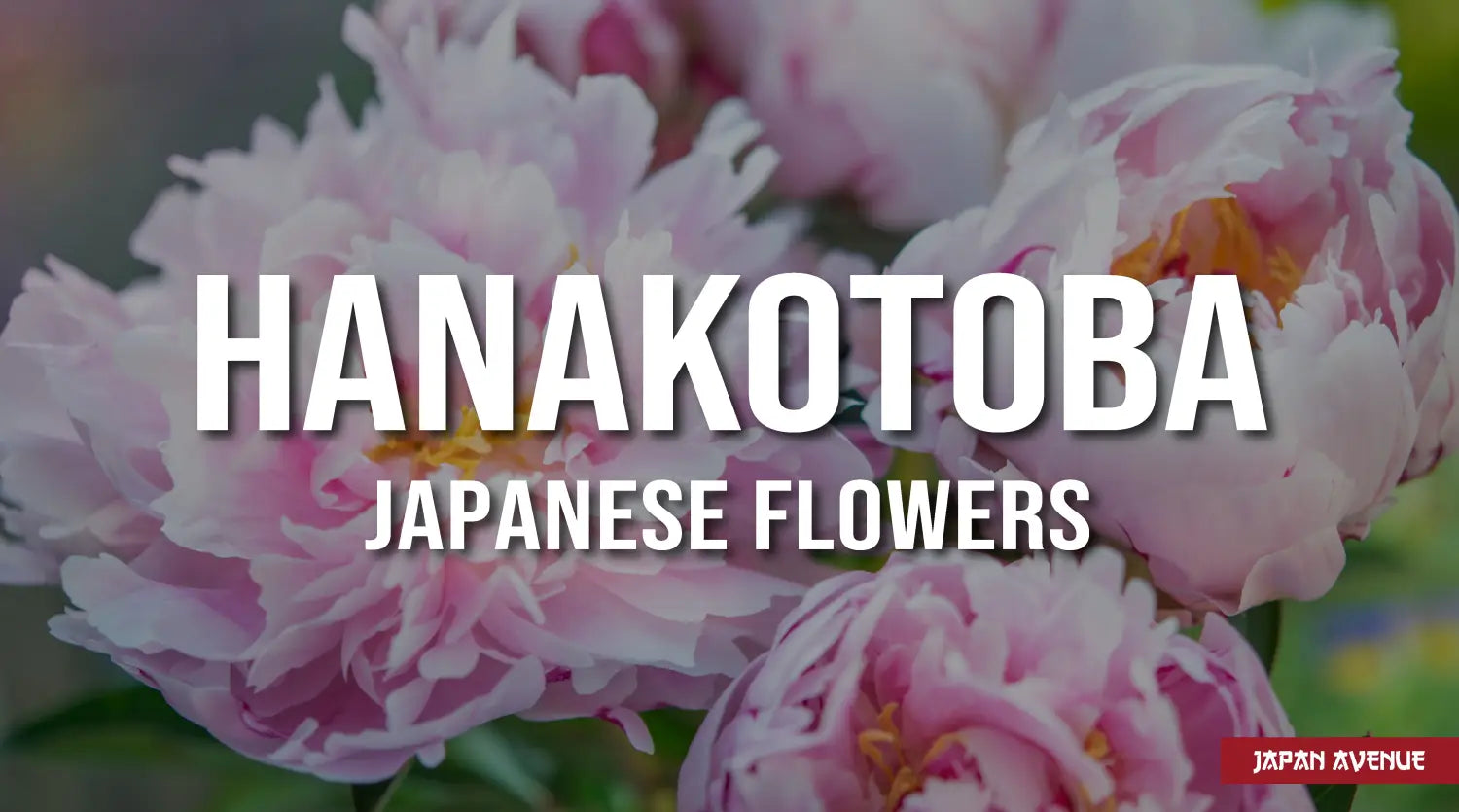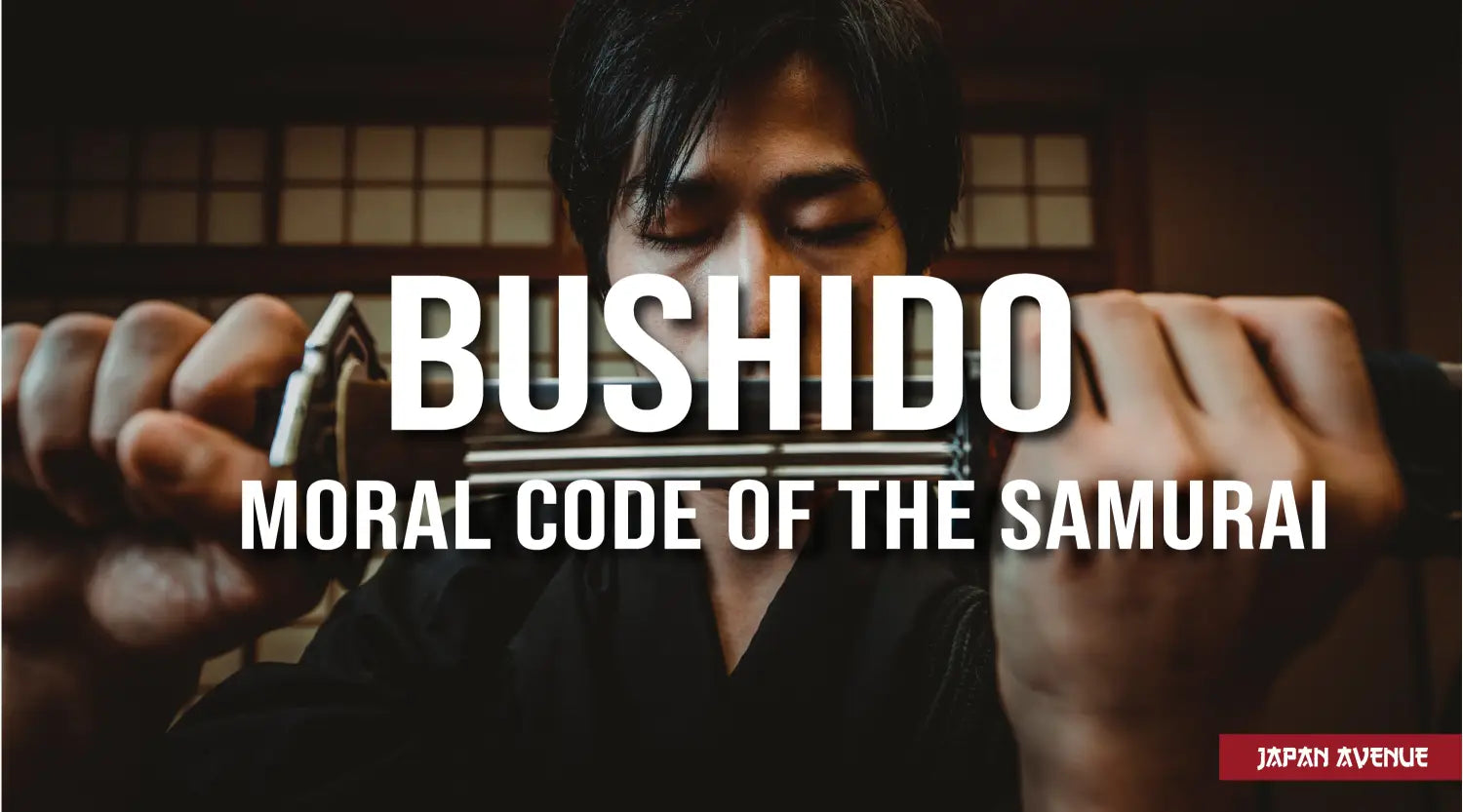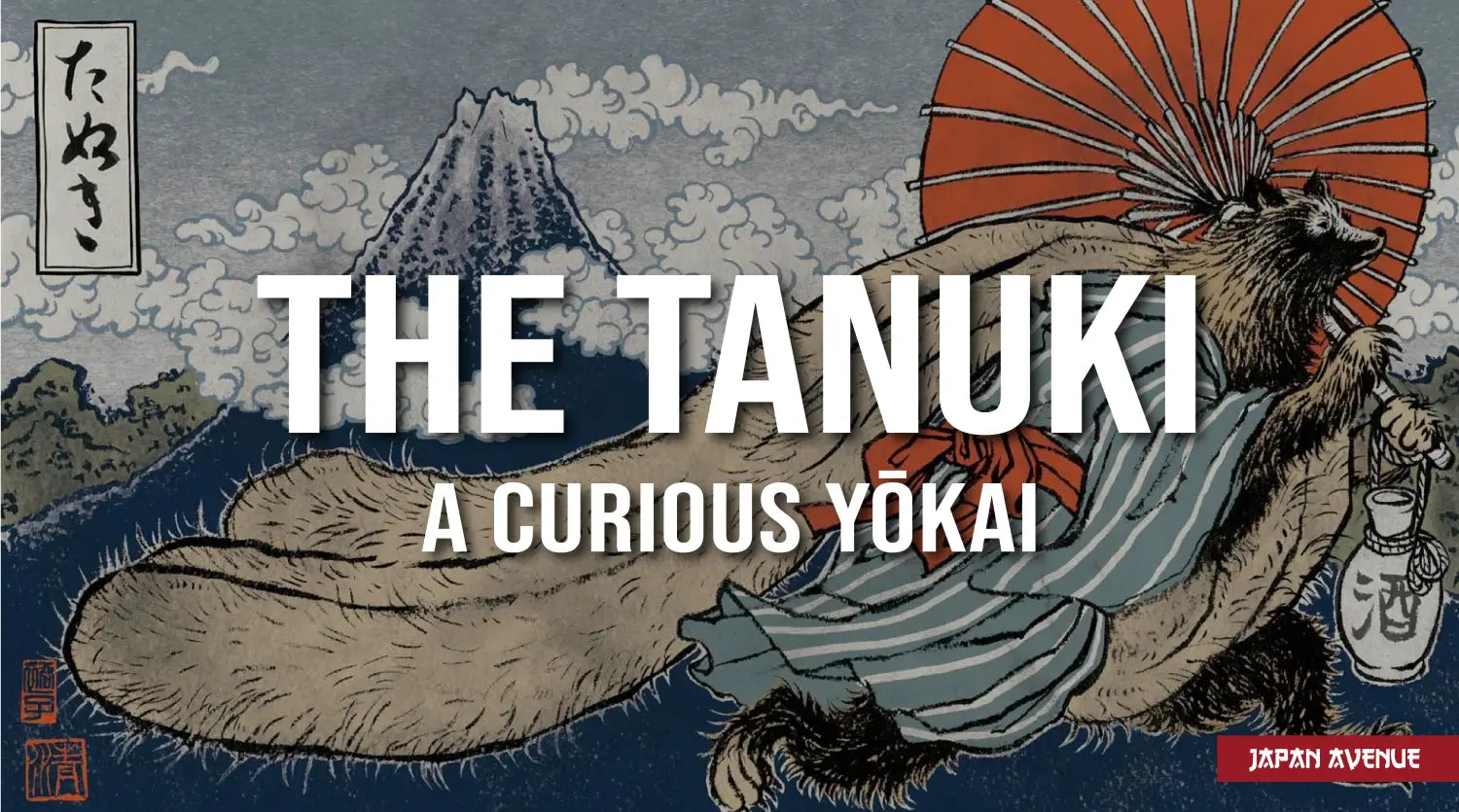Flowers are sacred in the Land of the Rising Sun, admired for their beauty and symbolism. So much so that the Japanese flower language has become an art form by itself.
Hanakotoba refers to the secret language of flowers and all the meanings they carry. This age-old art stems from the Buddhist philosophy of appreciating ephemeral beauty. Colors, shapes and floral varieties convey personal messages to those who know how to decipher them. Thus, each flower symbolizes a specific emotion such as love, purity, contempt or honor...
Learn more about the symbolism of flowers and its cultural importance in Japan.
🌸 Cherry blossom: ephemeral beauty and renewal

As a true emblem of the archipelago, the cherry blossom embodies the impermanence of things as well as the beauty of the present moment. The Sakura flower has a strong identity as it represents the Japanese government since the Nara period. Symbol of beauty and gentleness, this flower is used in Japanese art, haiku and literature.
Cherry blossoms are of such importance in Japanese culture that they are celebrated annually during the Hanami festival. With their white or pink flowers and subtle fragrance, they offer a spectacular bloom from April to May, depending on the species.
Associated with spring, sakura trees represent renewal, joy and hope. Moreover, their flowers reflect the cycle of life. They radiate a magnificent but fleeting brilliance as they fade after only fifteen days, reminding all mortals of their fatal outcome. Thus, the cherry blossom is an invitation to enjoy life.
👑 Chrysanthemum: imperial family

Symbol of the emperor and the imperial family in Japan, the chrysanthemum flower evokes nobility. It is found on the imperial seal, administrative documents and 50 yen coins. In Asia, this flower is also associated to happiness and longevity. In Japan, a golden flower petal at the bottom of a glass of wine will bring you a long and happy life. Chrysanthemums are also admired during the Kiku Matsuri, a festival celebrated each fall in November.
Yellow chrysanthemum bouquets express sunshine and immortality in Japan. The red flowers can announce a message of love while the white ones express mourning. They are found at funerals or All Saints' Day.
🧘♀ White lotus: spiritual awakening

Associated with Buddhism, the white lotus is the flower of spirituality by excellence. This pond plant, which blooms in summer, symbolizes purity, mysticism and reincarnation. With its roots submerged in the mud, the lotus will always produce beautiful flowers above the water. For this reason, the lotus represents the elevation of the consciousness and the spirit.
If you practice yoga, you are probably familiar with the famous lotus position, inspired by this sacred flower.
The lotus has many different meanings depending on its color. The white lotus represents purity and perfection while the pink lotus flower symbolizes the Buddha. Among its different shades, the red lotus is related to love, blue evokes knowledge, while yellow or purple flowers emphasize spiritual elevation or rebirth.
💪 Peony: flower of bravery

In Hanakotoba, the peony is related to bravery. It symbolizes honor, courage and strength. In Japan, the red peony flower is the one that is most appreciated. We frequently find it on tattoos. Note that the queen of the flowers is also linked to fortune and prosperity in the Japanese culture.
On the other hand, the peony embodies the feminine ideal, because underneath its delicacy, its stem is resistant and its posture dignified. When faced with bad weather, the peony does not bend, unlike other flowers. Because of its beauty and elegance, the peony can also represent love and sometimes modesty.
😍 Camellia: flower of death and love

In the past, the camellia was considered the flower of death by the samurai. This beautiful plant that blooms at the end of winter comes in red, pink, white or yellow. Depending on its color, it has different meanings.
A red tsubaki is a sign of love, while white petals are a sign of desire. In some situations, yellow camellia flowers express expectation or nostalgia. With its graceful shape, the camellia can also express harmony and friendship.
In Japan, this spring flower embodies the divine, which is why it is often found in religious ceremonies.
🤱 Carnation: maternal love

Like the peony, the carnation represents the ideal woman in Japan. Carnation bouquets are given on Mother's Day to express love in its purest form. Carnations bloom from spring to fall, depending on the species. The petals of this lovely plant are either toothed or rounded, and come in white, pink or red.
This flower also symbolizes fascination and distinction in the Hanakotoba language. Lastly, you should know that in some countries, it will be considered very wrong to offer a yellow carnation, as a sign of disdain. The purple carnation on the other hand denotes a sad mood.
🔗 Hydrangea: strong and lasting bond

Hydrangea is a flower particularly appreciated in Japan ever since the Nara Era as poems of that time can attest. Also, Japanese people have dedicated many botanical gardens and festivals to this flower.
However, it is criticized for its inconsistency because of its flickering colors that are sometimes associated with a lack of honesty. That's why the cherry blossom is preferred. Still, a hydrangea cluster reflects the enduring love in a family or a friendship.
🍑 Plum blossom: vitality and protection

Just like cherry trees, plum trees are admired in Japan each early spring. Their fruits are the Japanese apricots. This shrub, originating from China, offers magnificent small white or pink flowers with rounded petals.
As announcers of spring, they are said to be sophisticated, elegant, strong and vital. They also have protective virtues to ward off evil spirits. You will have the pleasure to contemplate them in Kairaku-en Park in Mito or in Odawara Ume Matsuri, a festival dedicated to the plum blossom which takes place in February.
🌞 Adonis Ramosa: flower of happiness

This colorful herbaceous plant with a bright yellow color, blooms in winter or spring in the cold regions of Japan. In spite of its strong toxicity, Adonis is highly appreciated by Japanese people. Its radiant color evokes happiness.
Moreover, it is a flower that was given to relatives in the Edo era to welcome joy into the home. Nowadays, this plant is on the verge of extinction, but you can still observe some of them at Kyoto Botanical Garden.
💌 Iris: the flower of good news

In mythology, the Iris is the messenger of the gods, bringing good news. This perennial plant has many secrets. The white iris evokes a declaration of love while the yellow one shows a feeling of happiness. A purple iris can also be given to express deep feelings or an orange flower to evoke a fiery love.
In Japan, the iris is associated with the Children's Day Celebration, Kodomo no Hi, and with virility. Its long petals symbolize samurai swords as well as health and protection. This spring flower blossoms after the plum and cherry trees. In June, this beautiful plant can be seen in many temples, shrines and Japanese gardens such as Meiji Jingu Park or Mizumoto Park in Tokyo.
Elegant and fleeting, flowers adorn Japanese landscapes. Very present on fabrics of kimonos, in sacred places and in homes, they impose themselves in Japanese art and literature. Their charm definitely transmits a special emotion... Hanakotoba illustrates the fascination that the Japanese have for these treasures of nature.
Now that you know the hidden meanings of flowers in Japan, why not try your hand at Ikebana? This Japanese floral art blends symbolism, Zen philosophy and creative expression. Learn more about Ikebana in this article.



